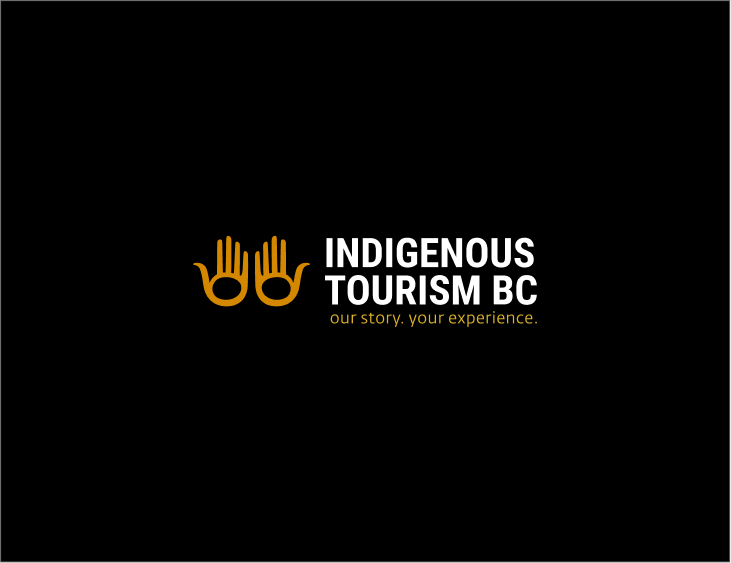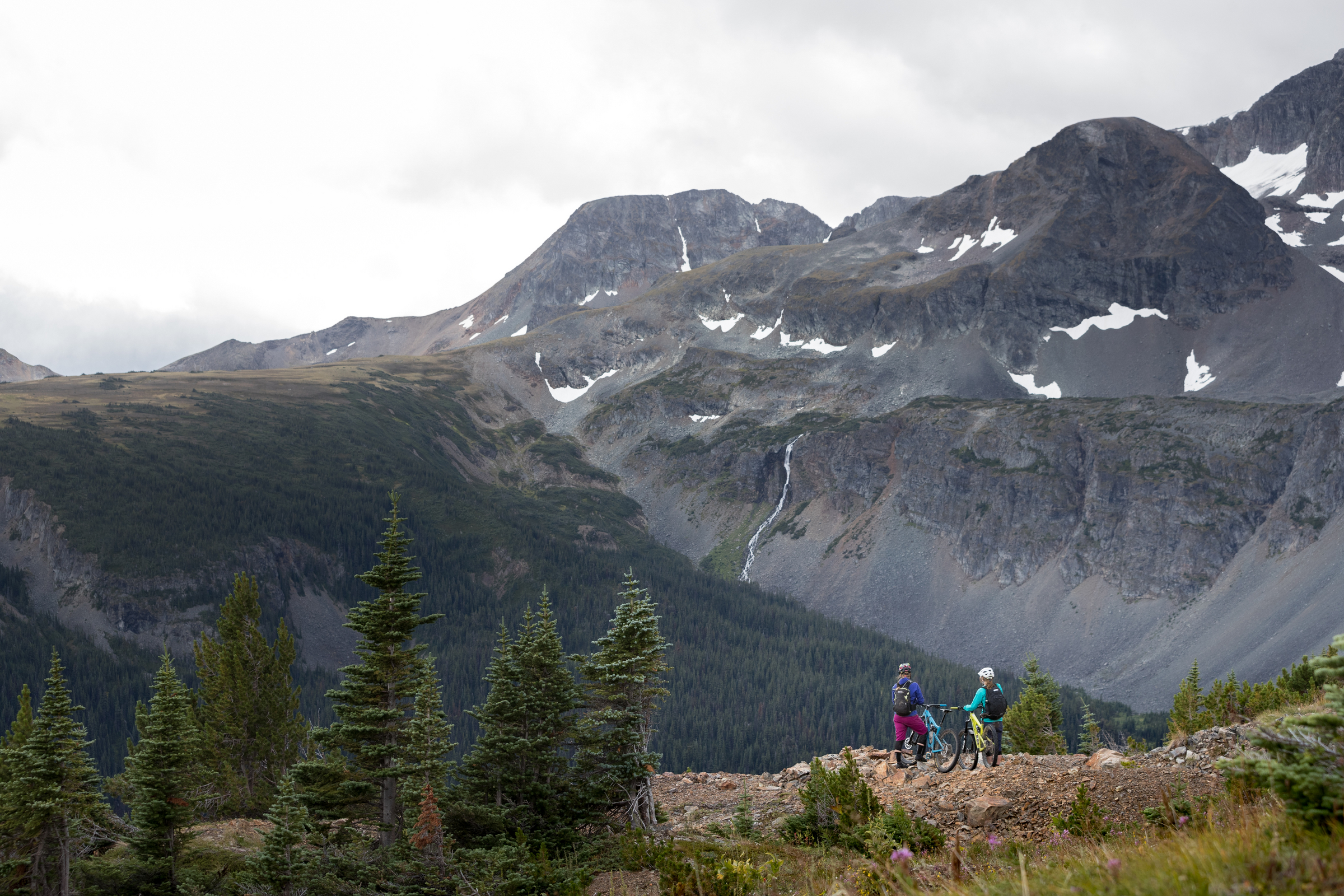Salmon n’ Bannock Bistro

The Nk’Mip Desert Cultural Centre (NDCC), a state-of-the-art, not-for-profit interpretive centre that shares the rich culture of the Syilx Okanagan People, is an award-winning architectural marvel sensitively constructed into a hillside and 100% owned and operated by the Osoyoos Indian Band (OIB).
Authentic Indigenous recognizes Nk’Mip Desert Cultural Centre for their deep commitment to sharing Syilx culture while honouring Syilx protocols. Their work supports the economic sovereignty of the Osoyoos Indian Band (OIB) and they lead with innovation and tradition in architecture, research, and exhibition design. Nk’Mip is also dedicated to the repatriation of Syilx belongings.


The story of the Nk’Mip Desert Cultural Centre began in 1915 when Chief Baptiste George built the Inkameep Day School to prevent children in his community from being taken to Indian residential institutions in Kamloops and Cranbrook. Until the late 1990s, the OIB community believed that all the art created by the children under the tutelage of one caring teacher had been destroyed; however, a former Osoyoos Museum curator had saved some works in a trunk. Two former students of the Inkameep Day School, Irene Bryson and Jane Stelkia, identified the artwork they once thought was destroyed and agreed to share it with others.
One source of belongings held by Nk’Mip are the elders in the community, the true legacies, who have things they want to be taken care of and life’s work they want to share. Elders guide the Syilx process to determine which knowledge and traditional values can be shared with others.
At 95, qʷayxnmitkʷ Jane Stelkia brought out her cultural belongings and talked about each piece in nsyilxcn to Nk’Mip staff, who gratefully recorded her words and wisdom. As learners, they transcribed and documented Jane’s sharing for the exhibit.
More and more staff members at Nk’Mip are taking nsyilxcn language classes for adult learners and sharing responsibility for the life of their endangered language, with fewer than 50 fluent speakers remaining. The continued language learning is made possible thanks to their partner, the OIB Language House and the sharing and teaching of Elders, like Osoyoos Indian Band Elder qʷayxnmitkʷ Jane Stelkia.
Nk’Mip notes an increase in the number of collectors and individuals who have found or inherited Syilx items, who want these items to come home in light of truth and reconciliation. Recently, the granddaughter of a non-Indigenous man who was friends with a former Chief brought a pair of gloves passed through generations of her family from her grandfather to her mother to her. She wanted to return them home and “wish them to live in a place befitting their beauty and value. We know that these precious artifacts and the story that accompanies them will be preserved and appreciated by all” and reached out to Nk’Mip to make it happen: “We were really grateful and she was really grateful to be part of it.” Current OIB Chief Clarence Louie, a relative of the glovemaker, and the Nk’Mip staff and community members received and honoured the donor with a song and smudged the gloves to welcome them home.
Seeing this increased public interest in repatriation, Nk’Mip created a repatriation page on their website, inviting people who are in possession of something they want to return home or have found while visiting to get in touch. They advise the public on where to bring items and protocols to follow when an archaeological or other significant object is found. Take a picture and log where you found it to start– the story of its finding or homecoming is now part of its story forever.
Nk’Mip also shares the gift of learning about the Okanagan way of life past and present with the public through self-guided tours featuring signs in nsyilxcn, offering traditional plant knowledge, and metal sculptures, some with their own captíkʷɬ (oral history and stories), accessible to guests via QR code. Come August 20, 2025, visitors can share in a new immersive theatre experience called “Whispers of the Trickster” in their q̓ʷc̓iʔ (pit house) theatre. The use of technology and innovation has always been a Syilx tradition.

– Chief Clarence Louie, OIB
Well-known for its thriving culture, abundant land base, diverse partnerships, and financial success, OIB ventures currently employ double their membership, including non-members from local communities.
The Nk’Mip Desert Cultural Centre welcomes OIB youth, community members, and other Syilx People to come in and learn more about their family and history. They host learning opportunities for Syilx youth–pine needle basket weaving, salmon processing workshops, days on the land digging roots with elders, and planting Indigenous gardens with traditional medicines.
Nk’Mip Desert Cultural Centre also extends its sense of community to non-Indigenous learners and other Indigenous Peoples as a Class A repository and event space. Their secure, temperature- and humidity-controlled space is designed to protect these important belongings. The Centre offers to assist other Indigenous communities in safely housing their belongings temporarily, ensuring they are stored and cared for in a way that honours their significance, until they can be returned to their home.
Amid the sage and rattlesnakes, Nk’mip hosts corporate spaces–teams and businesses are welcome to meet, work, and learn in their conference rooms or gather in the pithouse.
To build relationships and share their perspectives as cultural and business people, Nk’Mip offers customized Cultural Awareness Training for organizations working with or within the Syilx Okanagan Nation and Okanagan Territory. Their goal is to foster respectful, informed, and meaningful engagement between the Syilx Okanagan and those who work with them and on their lands.


The overall aesthetic of the award-winning building is intended to be a seamless extension of the desert-like environment. Rammed earth is an ancient building technique that has been updated for modern construction. Each layer, made of concrete mixed with local soil and mineral pigment, is poured and tamped down separately. The thick walls have a layer of added insulation and steel reinforcement, greatly increasing energy efficiency and earthquake resistance. Twenty centimetres (8 in) of soil lies atop the concrete roof and has been planted with desert vegetation, creating a green roof.
The building is local blue‑stained pine that has been discoloured by microscopic fungi, giving it a unique blue tint. Nk’Mip was one of the first to promote the use of blue‑stained wood damaged by the mountain pine beetle epidemic in British Columbia.
Hot water radiant piping located within the floor is an energy-efficient means of heating the building during the winter, while cold water radiant ceiling pipes cool the building in summer, eliminating the need for air conditioning. The centre is equipped with waterless urinals and dual‑flush small tank toilets to minimize water waste, a conservational feature vital in the desert. The outdoor landscape is wild, native or dryland plants that do not require irrigation.
Even the earth beneath your feet at Nk’Mip is a community. The sand and soil in the surrounding semi-arid desert-like environment are held in place by a biocrust–a thin layer of organisms, including lichens, fungi, cyanobacterias and more, that form soil-stabilizing sheets of filaments. This layer is a hero that helps prevent wind and water erosion, which is essential to the health of drylands and can be easily damaged by trampling and other human activities.
Nk’Mip teaches the importance of walking gently on the provided trails, thereby supporting the sustainability of this environment by educating others about what makes it special. Nk’Mip protects 1,600 acres of desert conservation land and educates guests on local flora and fauna and the harms of invasive plants and animals. Their Rattlesnake Research Program has been running for over 20 years. It is believed to be the longest-running rattlesnake research program in North America, resulting in lower mortality rates among the local rattlesnake population through their efforts.
